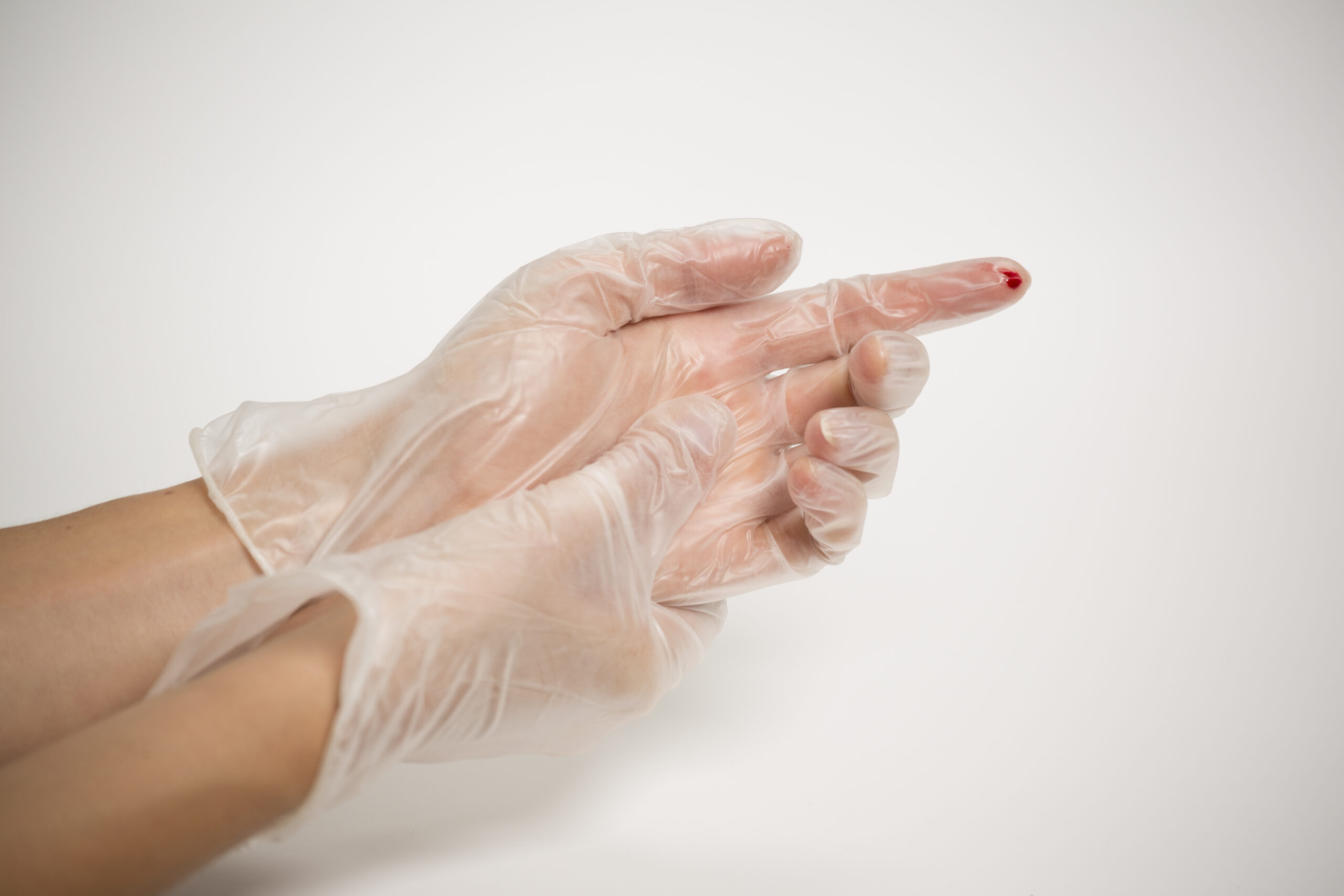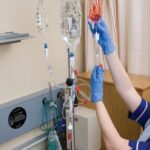3 keys to preventing needlestick injuries: locate, train, assess
Medical sharps, which can transmit bloodborne diseases, continue to pose a significant safety risk to healthcare workers (HCWs). Accidental sharps and needlestick injuries (NSIs) are the predominant sharps-related problem for HCWs1.
As part of the BD commitment to healthcare worker safety, we would like to share a series of interviews with senior hospital professionals from several European countries concentrating on patient safety and the protection of HCWs from NSIs.
In this interview series, you will hear first-hand experiences of how hospitals are protecting their staff, managing reporting, implementing risk assessment procedures and how safety engineered devices (SEDs) are being designed to help meet the challenge of NSIs.
The first interview is with Marion Commane, Infection Control Nurse Specialist at The Galway Clinic in Galway, Ireland.
1. Who is at risk of NSIs and in what settings?
Ms. Commane began by stating that all HCWs are at risk of being injured by needles and sharps. She added that they can be dangerous for secondary handlers of clinical waste as well. Setting varies from hospital to hospital because of differing contexts and the training provided to prevent NSIs.
2. What can make NSI training more meaningful for HCWs?
At her healthcare facility, NSI prevention training is required of all employees. Even though there is high attendance among staff, Ms. Commane admitted that “it’s often a tick-box exercise.” To make this kind of training more meaningful, Ms. Commane suggests incorporating audit results, looking for trends in wards with high rates of NSIs and collaborating with them to find ways to reduce risk.
3. How effective are risk assessments?
Ms. Commane performs a risk assessment every 3 months by looking at positive and negative trends in NSI reporting. She then presents the results of her risk assessment to The Galway Clinic’s infection control committee. Individual incidents are sometimes investigated further. She stressed the importance of knowing the context because this is not always recorded by the HCW involved in the incident. She asks the HCW involved for incident details to better understand the context. The aim is not to place blame, but simply to better understand what happened in order to help prevent the incident in the future. You can watch Marion Commane’s full interview below.
References
The views and opinions expressed in this interview are solely those of the interviewee(s) and do not necessarily reflect the view, official policy or position of Becton, Dickinson and company.
The opinions and clinical experiences presented herein are for informational and educational purposes only.
References
- Dulon M, Stranzinger J, Wendeler D, Nienhaus A. Causes of needlestick and sharps injuries when using devices with and without safety features. Int J Environ Res Public Health. 2020;17(23):8721. doi:10.3390/ijerph17238721
BD-63576




